By Alana House – There is a common misconception that deserts are simply unbearably hot regions that due to very little rainfall, do not have the capacity to sustain life. The word desert itself comes from the Latin term “desertus“, which translates to abandoned or lying in waste. While many locations fit this description of hot and dry deserts, there are many exceptions to the rule. And the idea that deserts do not foster growth is a pure fallacy, as many a desert ecosystem is teeming with life.
Describing Desert Ecosystems
A desert ecosystem can even experience rain even though the water loss by evaporation exceeds the the amount of annual precipitation received, creating an arid environment. The makeup of the Earth’s land allows for deserts to be scattered all of the globe. Major deserts can be found in North Africa, South America, the Middle East and even Antarctica.
As described by National Geographic, an ecosystem is a geographic area in which both biological factors such as plants and animals work with abiotic components like weather or landscape to form a bubble of life. A biome is simply an ecosystem occupying a specific habitat. There are 5 major biomes in the world including aquatic, grassland, forest, desert and tundra. Semi arid deserts are described as experiencing about 400mm of precipitation, give or take, whereas arid deserts receive less than 100mm of precipitation.
Cold Deserts
When picturing a desert ecosystem, many individuals will immediately imagine yellow sand dunes and blazing heat. In some parts of the the world however, deserts can look more blue in appearance, as they are covered in ice. This phenomenon of cold deserts seems to defy logic as there is water everywhere, but the extremely cold conditions do not allow for the desert ecosystem to use this water in its solid form. Life in cold deserts is still very much possible, but the outcome does not resemble the plant life found in climates with more viable water sources.
The Ecosystems Of Cold Deserts
Cold deserts do not receive enough rainfall necessary to sustain large plant life like trees. Instead, semiarid deserts are viable for plants such as desert shrubs and grasses that grow in clumps known as bunchgrass.
Animal life follows similar rules as many desert animal species use their small size to make the most out of limited resources. Common in this cold desert ecosystem includes petite rodents such as moles, pocket mice, hedgehogs and jackrabbits. Reptiles are also present in a cold desert ecosystem but appear much less than in a hot desert ecosystem.
Coastal Deserts
Despite the sometimes extreme conditions and salty soil, coastal deserts are considered to have the best desert ecology for sustaining life, containing many tenacious plants and animals.
Coastal Desert Ecosystems
While most desert regions are homes to animals whose size relates to the limited amount of resources, coastal deserts propose an exception. In Kaokoveld, a coastal desert in Southwestern Africa, threatened species like elephants and black rhinoceroses roam this temperate desert.
The desert plants in these temperate deserts have adapted to the cold winters followed by the warm temperatures present in the summer. Such plants have evolved to have a special shallow root system that can catch any rainfall present in the area.
Atacama desert
Located in northern Chile, the Atacama Desert is a coastal desert on the edge of the Andes mountains. This cold desert ecosystem remains arid due to the South Pacific high-pressure cell which creates a thermal inversion, in which the cold air at sea level rises and warms, creating a fog with stratus clouds but no rain. The mild temperatures of this desert ecosystem, about 63 degrees Fahrenheit / 19 degrees Celsius, that remain constant throughout the year amaze scientists. Some believe that this dusty environment can give insights to how life may survive in conditions such as the nature of the planet Mars.
Hot Deserts
A hot and dry desert may only experience annual rainfall a couple of times as they receive less than 25 cm (or 10 in) of precipitation a year. The driest desert ecosystem on earth is located in the Mojave desert and is known as Death valley and it experiences extreme temperatures including the highest ever recorded at 57℃ (137℉). Rolling sand dunesare common in hot deserts but don’t be deceived into thinking that sand is the only thing this desert ecosystem has to offer.
Hot Desert Ecosystems
Over the centuries plants have adapted to this arduous desert ecosystem and the dry land that their roots must endure. Some of these biological modifications include ‘replete’ leaves with water saving characteristics and a waxy layer over the leaves that reduces evaporative loss through the form of water vapor.
Other plants survive the hot climate of the desert biome by controlling their ability to photosynthesize, by either carrying out most of the process in their stems, or even by temporarily shutting down photosynthesis all together. The conservation of water through these biological loopholes allows many plants to thrive in desert areas and even to produce fruit.
Animals that live in this desert ecosystem have evolved to outsmart the deadly high daytime temperatures that would overwhelm most organisms . Several creatures survive by avoiding the daytime entirely and fully commit to being nocturnal animals.
Another method to escape the heat is by going underground, making this desert ecosystem perfect for burrowing animals such as kangaroo rats. A true marvel of nature is the Bactrian Camel which is commonly found in the Sahara desert of Northern Africa. Their sturdy bodies are acclimated to hiking shifting mountain slopes in hot summer temperatures, making camels the perfect companion for those daring enough to take on desert biomes.
Desert Tourism
As people learn that desert ecosystems are more than what meets the eye, they feel encouraged to seek adventure in these vast environments. Desert tourism attracts millions of individuals every year. Activities in these leisure and tourism deserts range from sand surfing in the Israeli Negev to embarking on a safari in the Kalahari desert.
The geographical beauty of desert sands and mountain ranges is only a portion of what deserts have to offer. Extraordinary displays of history also exist in these terrains, such as the well preserved archaeological ruins of the city of Petra, in the Arabian desert.
The Impacts Of Desert Tourism
When exploring any environmental ecosystem it is of the utmost importance to remember to leave every place as it was found. All the deserts are susceptible to environmental degradation due to human activity. In order to enable tourism of desert environments, the land is impacted in ways such as clearing vegetation to set up structures for tourist activity or an overuse of the habitat’s natural resources. However, the more people who become acquainted with these unique ecosystems the more support we gain for protecting them.
Deserts and Religion
An article in Quadrangle by Kyla Guilfoil discusses the popular book and now movie “Dune,” which reveals the interplay between religion, politics and environmentalism. The book is fiction, but it’s themes contain deep truths. As Guilfoil explains, “the setting of Dune consistently emphasizes the importance of water by introducing many technologies and rituals that all relate to the lack of water on the planet. From suits that redistribute water lost from the skin back into the body, to ‘taking the water of the dead’, Fremen are raised in practices of strict water discipline.” Limited water shapes the technology and culture of Dune, and this can resonate deeply as many modern states experience extreme drought.
The main character, Paul, becomes a messianic figure and strives to fulfill a prophecy of creating a new ecosystem on Dune, namely, an ecosystem with open water, something unheard of on this desert planet.
Guilfoil explains how Dune’s author, Frank Herbert, uses his novel to show the power of religion for good and evil
Throughout history, humans have caused war, death, and violence in the name of a religion that is paradoxically rooted in spirituality and moral guidance.
Unlike many science fiction writers of his time, Herbert did not believe that religion was an outdated institution, but instead one that would continue to hold incredible authority over humanity. Despite the adoption of the “separation of church and state” in many modern democracies, religion continues to have persistent influences on the law. We see this in the US today, from the recent Texas abortion ban to the harsh opponents of same-sex marriage.
Religion, environmentalism, and politics cannot be separated in our world. Finite resources and the breadth of humanity both rely on these things and can be destroyed by them.
Perhaps more than any other place, the desert inspires spirituality, perhaps because of its frugality, harshness and scant resources. Christianity, Islam and Judaism all began in the desert so lets harness the power of our religions to care for all desert ecosystems.
* Featured image source

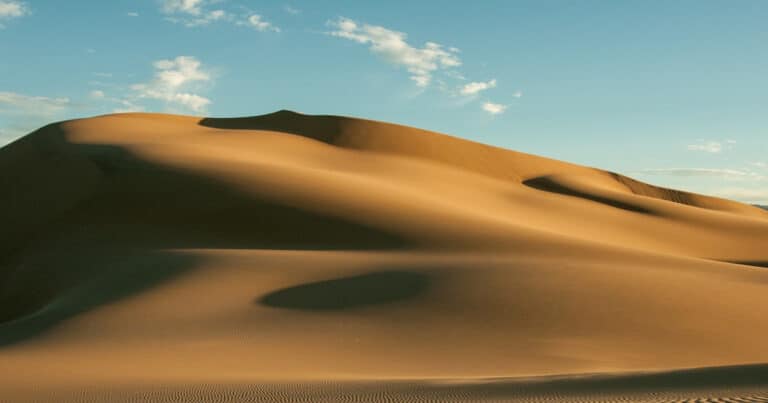
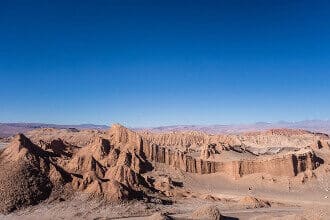
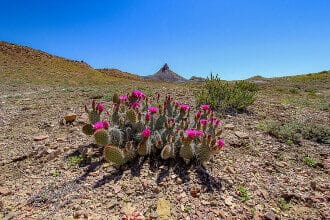
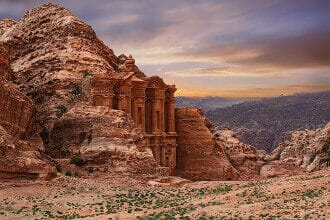
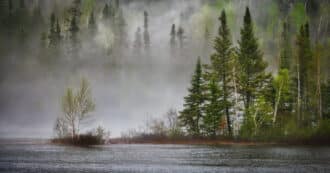
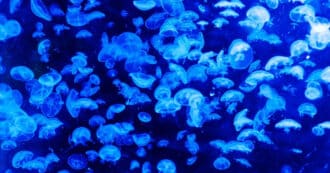
Interesting perspective!